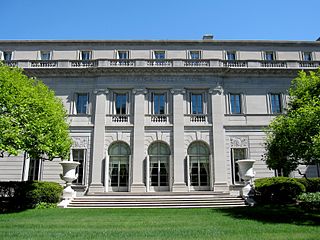
The Frick Collection is an art museum located in the Henry Clay Frick House on the Upper East Side in Manhattan, New York City at 1 East 70th Street, located at the northeast corner with Fifth Avenue. It houses the collection of industrialist Henry Clay Frick (1849–1919).
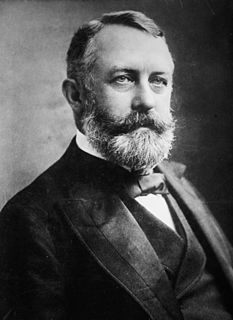
Henry Clay Frick was an American industrialist, financier, union-buster, and art patron. He founded the H. C. Frick & Company coke manufacturing company, was chairman of the Carnegie Steel Company, and played a major role in the formation of the giant U.S. Steel manufacturing concern. He also financed the construction of the Pennsylvania Railroad and the Reading Company, and had extensive real estate holdings in Pittsburgh and throughout the state of Pennsylvania. He later built the historic neoclassical Frick Mansion, and upon his death donated his extensive collection of old master paintings and fine furniture to create the celebrated Frick Collection and art museum. However, as a founding member of the South Fork Fishing and Hunting Club, he was also in large part responsible for the alterations to the South Fork Dam that caused its failure, leading to the catastrophic Johnstown Flood. His vehement opposition to unions also caused violent conflict, most notably in the Homestead Strike.
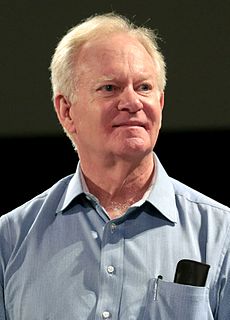
John Fife Symington III is an American businessman and politician. In 1990, he was elected to serve the first of two consecutive terms as the 19th governor of Arizona. During his second term, Symington resigned from the office of governor, following a conviction on charges of extortion and bank fraud – a conviction which was later overturned. Prior to his entry into politics, Symington served in the United States Air Force and was stationed at Luke Air Force Base near Glendale, Arizona. He is a member of the Republican Party.
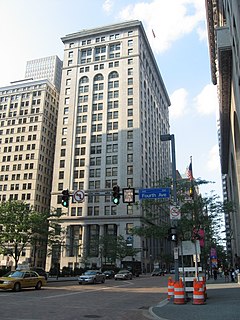
The Frick Building is one of the major distinctive and recognizable features of Downtown Pittsburgh, Pennsylvania, United States. The tower was built by and is named for Henry Clay Frick, an industrialist coke producer who created a portfolio of commercial buildings in Pittsburgh. The building is listed on the National Register of Historic Places.
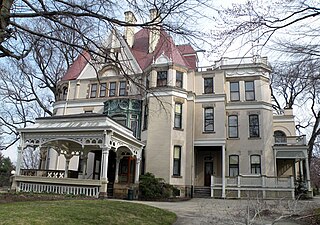
Point Breeze, or South Point Breeze, is a largely residential neighborhood in Pittsburgh, Pennsylvania, USA. The community was named after a tavern once located there.
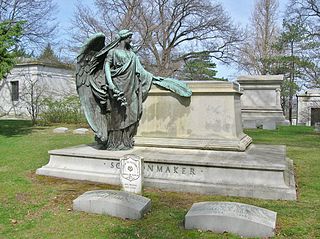
Homewood Cemetery is a historic rural cemetery in Pittsburgh, Pennsylvania, United States. It is located in Point Breeze and is bordered by Frick Park, the neighborhood of Squirrel Hill, and the smaller Smithfield Cemetery.
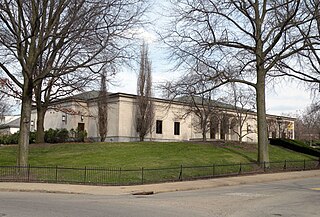
The Frick Pittsburgh is a cluster of museums and historical buildings located in Pittsburgh, Pennsylvania, United States and formed around the Frick family's nineteenth-century residence known as "Clayton". It focuses on the interpretation of the life and times of Henry Clay Frick (1849–1919), industrialist and art collector.

The Henry Clay Frick Fine Arts Building is a landmark Renaissance villa and a contributing property to the Schenley Farms-Oakland Civic Historic District on the campus of the University of Pittsburgh in Pittsburgh, Pennsylvania, United States. The Frick Fine Arts Building sits on the southern edge of Schenley Plaza, opposite The Carnegie Institute, and is the home of Pitt's History of Art and Architecture Department, Studio Arts Department, and the Frick Fine Arts Library. Before its front steps is Mary Schenley Memorial Fountain.

Helen Clay Frick (1888–1984) was an American philanthropist and art collector. She was born in Pittsburgh, Pennsylvania, the third child of the coke and steel magnate Henry Clay Frick (1849–1919) and Adelaide Howard Childs (1859–1931). Two of her siblings did not reach adulthood, and her father played favorites with his two surviving children, Childs Frick (1883–1965) and Helen. After the reading of their father's will, which favored Helen, the brother and sister were estranged for the rest of their lives. Nonetheless, Helen developed as a strong, independent and spirited young woman. She was equally interested in art history and philanthropy, making a catalogue of her father's art collection as a young woman, a collection which became the Frick Collection in New York.
Childs Frick (1883–1965) was an American vertebrate paleontologist. He was a trustee of the American Museum of Natural History and a major benefactor of its Department of Paleontology, which in 1916 began a long partnership with him. He established its Frick Laboratory. He also made many expeditions to the American West, and his efforts helped to shape an understanding of the evolution of North American camels. By employing many field workers, Frick accumulated over 200,000 fossil mammals, which later were donated to the Museum.
Henry Clay Frick II was an American physician and professor of medicine at the Columbia University College of Physicians and Surgeons.

Sir Charles Carrick Allom (1865–1947), grandson of architect Thomas Allom and painter Thomas Carrick, was an eminent English decorator, trained as an architect and knighted for his work on Buckingham Palace. Among his American clients in the years preceding World War I was Henry Clay Frick, for whom Allom furnished houses in cooperation with Sir Joseph Duveen, the eminent paintings dealer. Allom furnished the Henry Clay Frick House at 71st Street and Fifth Avenue that today houses the Frick Collection, and the neo-Georgian house, "Clayton", in Roslyn, Long Island, designed by Ogden Codman, Jr., that was bought for Frick's daughter-in-law. For the grand rooms of parade in Frick's New York house, Sir Charles, whose London workshops produced the plasterwork and boiseries, kept the furnishings muted, not to compete with Frick's collection of paintings. In 1925, when William Randolph Hearst purchased a real castle, St. Donat's in Wales, his choice to furnish it naturally fell upon Sir Charles.

John George Alexander Leishman was an American businessman and diplomat. He worked in various executive positions at Carnegie Steel Company and later served as an ambassador for the United States.
John Fife Symington Jr. was a United States ambassador to Trinidad and Tobago and an airline pioneer.
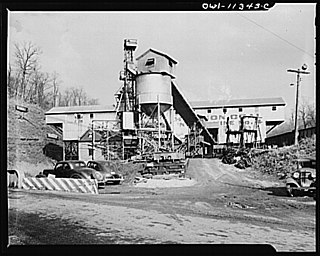
The Pittsburgh Coal Company was a bituminous coal mining company based in Pittsburgh and controlled by the Mellon family. In 1945 it merged with Consolidation Coal Company, controlled by the Rockefeller family.

The Henry Clay Frick House was the residence of the industrialist and art patron Henry Clay Frick in New York City. The mansion is located between 70th and 71st Street and Fifth Avenue on the Upper East Side. It was constructed in 1912–1914 by Thomas Hastings of Carrère and Hastings. It was transformed into a museum in the mid-1930s and houses the Frick Collection and the Frick Art Reference Library. The house and library were designated a National Historic Landmark in 2008 for their significance in the arts and architecture as a major repository of a Gilded Age art collection.

Arthur Tooth & Sons was an art gallery founded in London, England in 1842 by Charles Tooth (1788–1868).

Charles Carstairs was an American art dealer. Throughout his career, Carstairs encouraged American clients to invest in European Old Master paintings. He worked closely with industrial magnate Henry Clay Frick, and was responsible for Frick's acquisition of the 'Ilchester Rembrandt' in 1906. Carstairs also worked with Joseph Widener, an American art collector and founding benefactor of National Gallery of Art in Washington, D.C.
Henry Overholt was an American whiskey distiller and founder of the Overholt Whiskey distillery.













